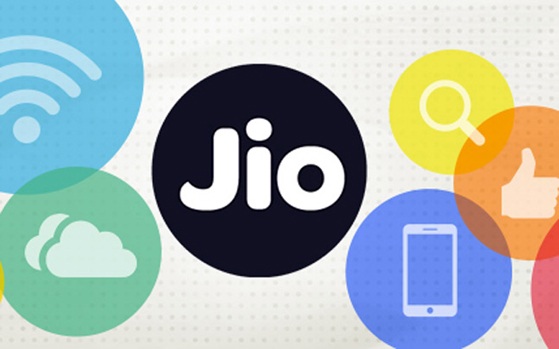As we navigate through 2025, technological advancements continue to reshape industries and daily life. From breakthroughs in artificial intelligence to sustainable innovations, here are 25 key technology trends to watch this year:
1. Generative AI Evolution
Generative AI is transforming content creation, software development, and customer service by producing human-like text, images, and code. Its applications are expanding across various sectors, enhancing efficiency and creativity.
2. Quantum Computing Breakthroughs
Quantum computing is moving from theoretical research to practical applications, promising to solve complex problems in cryptography, materials science, and optimization that are beyond the capabilities of classical computers.
3. 5G and Emerging 6G Technologies
The rollout of 5G networks continues, offering faster and more reliable wireless communication. Research into 6G technology is also underway, aiming to provide even higher data rates and ultra-low latency.
4. Advanced Virtual Reality (VR)
VR technology is becoming more immersive and accessible, finding applications in gaming, education, healthcare, and remote collaboration.
5. Augmented Reality (AR) Integration
AR is enhancing user experiences by overlaying digital information onto the physical world, with uses in retail, navigation, and industrial maintenance.
6. Internet of Things (IoT) Expansion
The IoT ecosystem is growing, connecting more devices and enabling smarter homes, cities, and industries through real-time data collection and analysis.
7. Biotechnology in Agriculture
Advancements in biotechnology are improving crop yields, resistance to pests, and sustainability in agriculture, addressing global food security challenges.
8. Autonomous Vehicles
Self-driving technology is progressing, with autonomous vehicles being tested and deployed for personal transport, delivery services, and public transit.
9. Blockchain Beyond Cryptocurrency
Blockchain technology is finding applications beyond cryptocurrencies, including supply chain management, secure voting systems, and digital identity verification.
10. Edge Computing
Edge computing brings data processing closer to the source of data generation, reducing latency and bandwidth usage, which is crucial for real-time applications.
11. Personalized Medicine
Advances in genomics and data analytics are enabling personalized treatment plans tailored to individual genetic profiles, improving healthcare outcomes.
12. Neuromorphic Computing
Inspired by the human brain, neuromorphic computing aims to create energy-efficient systems capable of advanced pattern recognition and learning.Forbes+1Simplilearn.com+1
13. Green Energy Technologies
Innovations in renewable energy sources, energy storage, and smart grids are driving the transition towards more sustainable and environmentally friendly energy systems.
14. Wearable Health Monitors
Wearable devices are becoming more sophisticated, monitoring a range of health metrics and enabling proactive healthcare management.
15. Extended Reality (XR) for Training
XR technologies, encompassing VR, AR, and mixed reality, are being utilized for immersive training experiences in fields like medicine, aviation, and manufacturing.
16. Voice-Activated Technology
Voice recognition and natural language processing are enhancing user interaction with devices, making technology more accessible and intuitive.
17. Space Tourism
Commercial space travel is becoming a reality, with private companies offering suborbital flights and planning for future orbital and lunar missions.
18. Synthetic Media
The creation of synthetic media, including deepfakes and AI-generated content, is raising questions about authenticity and necessitating new verification tools.
19. Advanced Robotics
Robotics technology is advancing, leading to more capable and adaptable robots used in manufacturing, healthcare, and service industries.
20. Cybersecurity Enhancements
With increasing digital threats, cybersecurity measures are evolving, incorporating AI and machine learning to detect and respond to attacks more effectively.
21. Living Intelligence
The convergence of AI, biotechnology, and advanced sensors is leading to systems capable of sensing, learning, and adapting, known as Living Intelligence.
22. Smart Cities Development
Urban areas are integrating technology to improve infrastructure, reduce energy consumption, and enhance the quality of life for residents.
23. Digital Twins
Digital twins—virtual replicas of physical systems—are being used for simulation, monitoring, and predictive maintenance in various industries.
24. Sustainable Tech Initiatives
Technology is playing a key role in sustainability efforts, from reducing carbon footprints to promoting circular economies.
25. Human Augmentation
Technological enhancements are extending human capabilities, including exoskeletons for mobility assistance and brain-computer interfaces.


